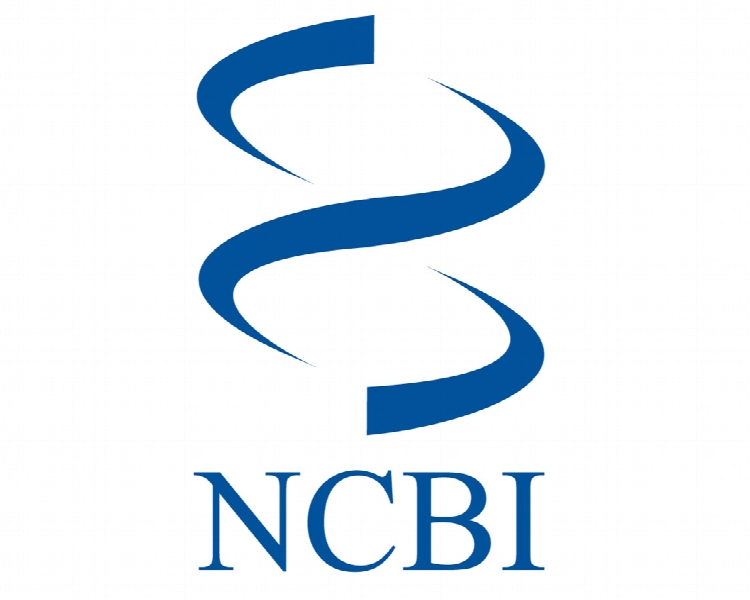تاثیرات منفی افزایش شاخص توده بدنی بر نرخ تشکیل بلاستوسیست در پاسخ دهندگان متحمل بارورسازی در محیط آزمایشگاه Increased body mass index negatively impacts blastocyst formation rate in normal responders undergoing in vitro fertilization
- نوع فایل : کتاب
- زبان : انگلیسی
- ناشر : NCBI
- چاپ و سال / کشور: 2017
توضیحات
رشته های مرتبط پزشکی و زیست شناسی
گرایش های مرتبط ژنتیک پزشکی
مجله کمک باروری و ژنتیک – Journal of Assisted Reproduction and Genetics
دانشگاه Stanford Hospital and Clinics, USA
نشریه نشریه NCBI
گرایش های مرتبط ژنتیک پزشکی
مجله کمک باروری و ژنتیک – Journal of Assisted Reproduction and Genetics
دانشگاه Stanford Hospital and Clinics, USA
نشریه نشریه NCBI
Description
Introduction Obesity has become a worldwide epidemic. In the USA, approximately two thirds (64 %) of women of reproductive age are considered to be overweight (body mass index (BMI)≥ 25 kg/m2 ) or obese (BMI≥30 kg/m2 ) with 36 % meeting criteria for obesity [1]. In addition to increasing the risk of medical comorbidities such as hypertension, cardiovascular disease, abnormal lipid concentrations, and type 2 diabetes [2], obesity has been shown to negatively impact reproduction. It has been reported that overweight and obese women are three times more likely to have anovulatory infertility than normal-weight women [3]. In those patients who do become pregnant, obesity is associated with complications of pregnancy including miscarriage, gestational diabetes, hypertensivedisorders, fetal macrosomia, stillbirth, and congenital anomalies [4–6]. Not only is obesity a risk factor for infertility, it appears that obesity negatively impacts response to fertility treatments. Several studies have reported that obese women require higher doses of gonadotropins and have a reduced number of mature oocytes retrieved in in vitro fertilization cycles [7–9]. Obesity is also associated with decreased fertilization rates and fewer transferred embryos [10, 11]. However, the evidence is conflicting regarding the effect that obesity has on live birth rates in assisted reproductive outcomes. Studies have shown lower clinical pregnancy rates, higher miscarriage rates, and decreased live birth rates in women with an elevated body mass index [9, 12–14]. Other studies, however, have shown no difference in live birth rates when comparing IVF outcomes between normal-weight and obese patients [7, 8, 15]. The largest study in the literature on oocyte and embryo parameters reported fewer than two pronuclei embryos, lower clinical pregnancy, and live birth rates in their obese patients [16] compared with normal-weight controls. In this study, there was no association between obesity and the quality of day 3 embryos. However, blastocyst formation rate was not examined.


